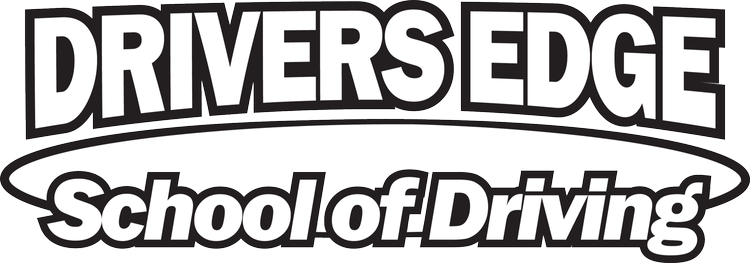“Using a Map”
What is a map, and why should you learn how to read one? Maps have been around for as long as humans were exploring and able to communicate. Maps provide very crucial information and assist with the transport from one place to another. In today's time, Global Positioning Systems and phone-based mapping have taken over, and have made navigation much easier. However, you may not always have the luxury of web-based navigation. In today’s blog, we will look at how to read a map.
Types of graphs include physical, political, topographical, road, and thematic. For this blog, we will focus mainly on road maps. Topographical maps can come in handy when using a road map to determine your location on a road map. Road maps like they sound show where roads are located. Or at least where the map maker at the time of making the map thought the roads were. There is often a legend detailing what certain colors or symbols mean which may be helpful when determining a navigable route. There will also be a scale that indicates the physical dimensions of the map to the actual dimensions of the Earth.
When navigating with a map. First, locate where you are. This can be done by locating the intersection you are at with street names, or by locating a distinct part of your environment on the map like a large mountain or a business. Make sure to mark that point in some way. Then, find where you want to go in a similar fashion to before. Once you have found your starting and ending locations, work your way from the start to the destination following roads. This is what your GPS does when it figures out which way to tell you to turn. It is recommended to highlight or write down the direction of turns and the road names the turn occurs on. Now that you have determined a route, follow that route using road signs to keep track of where you are until you reach your destination.
Learning to navigate using a map is a valuable life skill. It connects you with your ancestors and it allows you to rely a little less on technology. Maps do not take up very much space so it is a good idea to have a map of your local area somewhere in your car in case you need it. You can also download maps onto your phone and access them even if you are out of cellular service range. If you have any questions regarding maps, please comment them down below.
